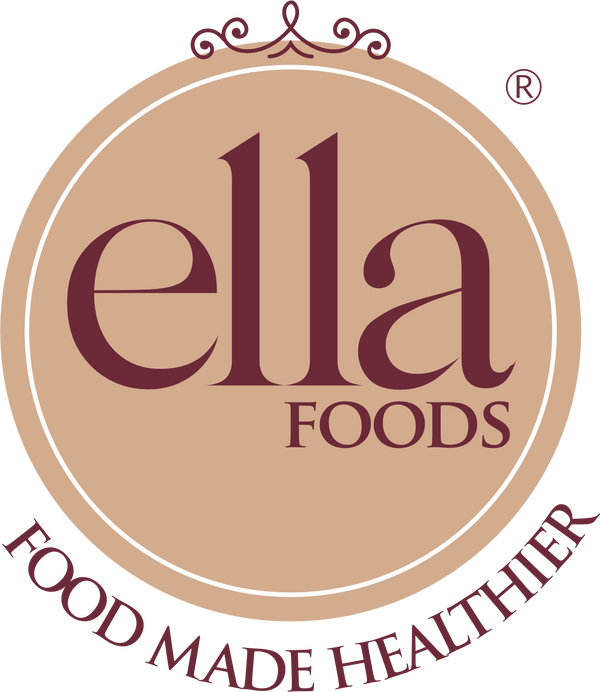
On an average, Indians consume around 8 to 10 grams of salt per day, which is around twice the WHO recommended daily upper limit of 5 grams.
But this will simply remain a statistic, until we understand what salt actually does to our bodies. Salt, or more specifically the sodium in salt is both a mineral as well as an electrolyte that helps balance the fluids in our blood, maintaining healthy blood pressure, as well as maintaining proper muscle and nerve function. While salt sensitivity varies in individuals, when we consume too much sodium, more fluid is retained in our blood, causing an increase in blood pressure. Over time, this becomes a chronic condition, placing a strain on the heart and blood vessels.


A high sodium diet has been shown to cause hypertension. It has been found that 1 in every 8 Indian suffers from Hypertension.
More commonly known as high Blood Pressure, and easy access to packaged foods and fast food, a lack of regular exercise and major lifestyle changes in recent times directly correlated to this increase. With around 20% of the population being hypertensive, this makes them more susceptible to cardiovascular diseases and strokes, among other complications. putting an ever-increasing strain on our healthcare systems.
The time has come to remedy the situation. Apart from lifestyle changes to manage stress, and the inclusion of regular exercise, it is essential to look at our diets, as this is where we will find the hidden culprit, Sodium.

The hidden sodium content in packaged food.
With an increasing reliance on packaged food, everything from our Papads to our pickles are high on sodium, but it is appalling how few products actually reveal their sodium content in their nutritional information charts. While the WHO recommends an upper limit of 5 grams a day, doctors recommend a further reduction, making the suggested daily limit around 3.2 grams a day.

On an average, a spoonful of normal pickle contains around 560 mg of sodium, making 2 servings a day a dangerous 35% to 40% of our recommended sodium intake.
Pickles, Papads, instant foods, chips and other packaged foods used so frequently in houses across our country, will ensure we easily cross twice or thrice our daily recommended sodium intake limits. Thus, when it comes to packaged foods, it is increasingly essential to choose from brands that offer adequate nutritional information in the first place. Once you know this, you can be on the lookout to avoid high sodium foods.
The best alternative to salt
With many different kinds of salt now available, it has become important to educate people on sodium intake levels, and healthy alternatives to salt. Both sea salt as well as rock salt for instance, contain nearly as much sodium as normal or iodized salt, so it is essential we look at low sodium-based salts. Low sodium salts typically contain a mix of potassium as well as sodium, and are a safe alternative as they have a sodium content of only around 50% when compared to normal table salt. The potassium in these salts can actually be beneficial in further controlling blood pressure, however those with any chronic kidney conditions need to be aware of the potassium content in these.
Low sodium salts typically contain upto 50% less sodium than table salt.

Even a decrease of 1.5 mg of sodium a day can do wonders for your heart.
With several patented plant-based alternatives to choose from, you can now find low sodium pickles with only around 155 mg of sodium per serving, to ensure that even your every indulgence is now healthier for your heart. Whether it is instant food, or packaged foods, make sure you choose low sodium options to ensure you do your heart a favour.

